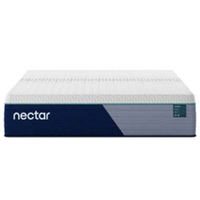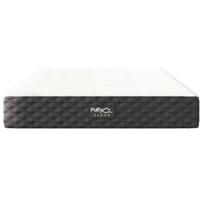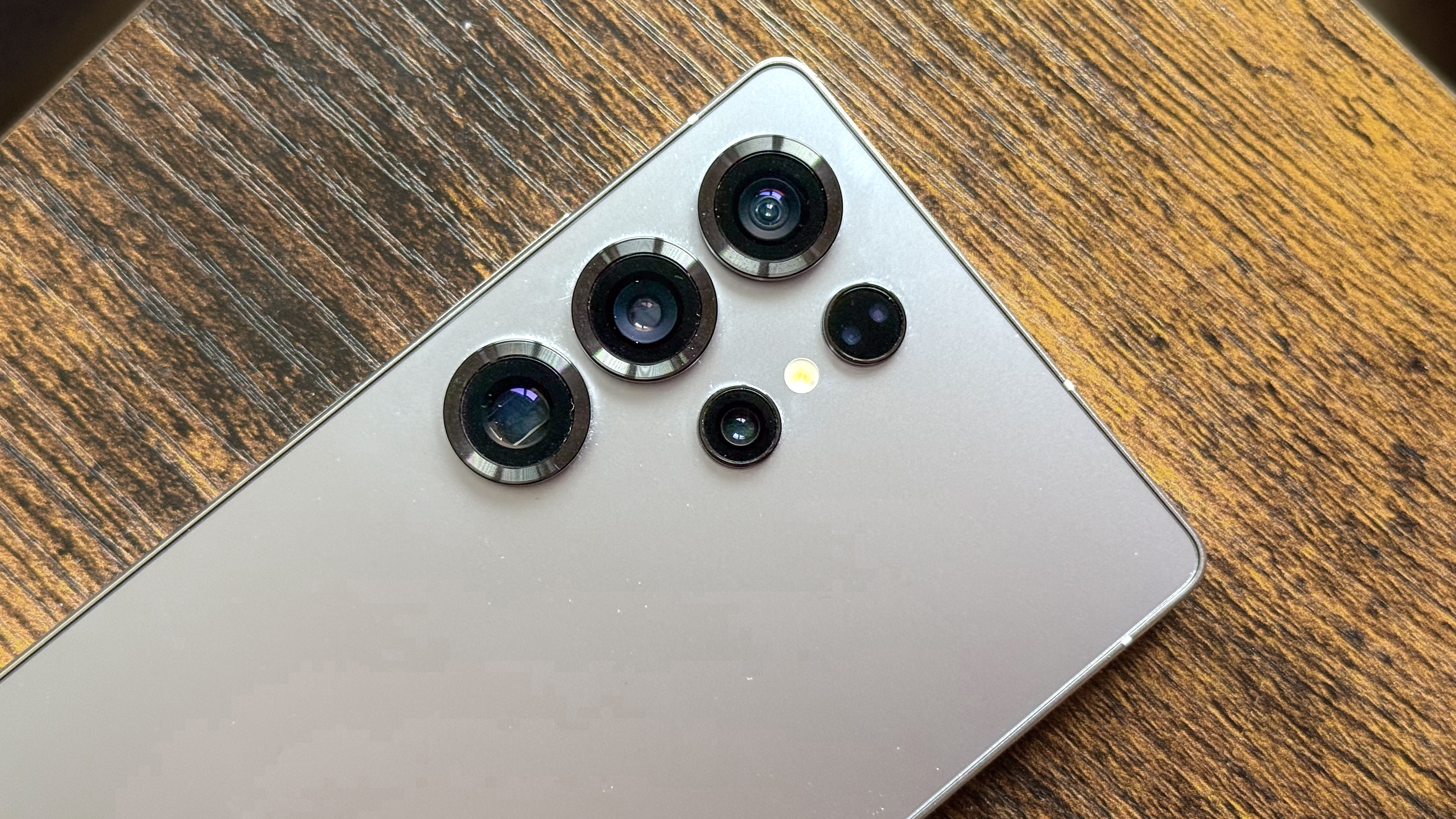Are memory foam mattresses good for side sleepers? I'm a bed tester — here's my take
Side sleepers should consider a memory foam mattress
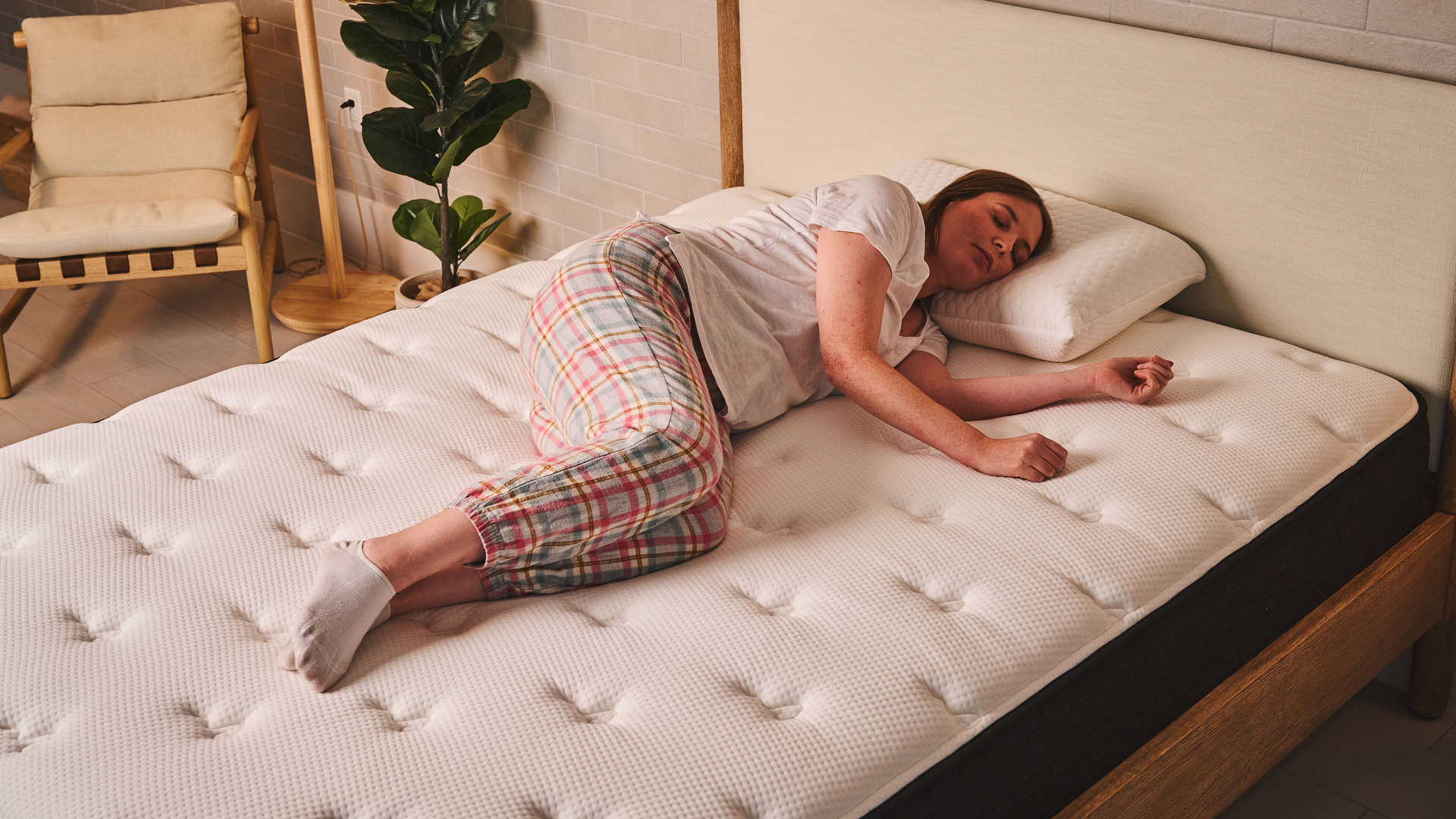
Curling up in a side sleeper position is one of the most popular ways to drift off (and it comes sleep expert approved as well). But if you're a side sleeper, should you opt for a memory foam mattress to sleep in this position?
There are multiple memory foam models in our guide to the best mattress for all sleepers, and this material is best known for its deep pressure relief. As a sleep writer and mattress tester, I've had a chance to get my hands on a range of memory foam mattress, so I know just how good they can be for side sleepers — but I also know it isn't always the case.
With this year's Black Friday mattress deals on the horizon, you might be wondering if an all foam mattress is right for your side sleeping preferences. Below, I'll explore why side sleepers should consider a memory foam mattress, and what features to look for.
What is a memory foam mattress?
A memory foam mattress is a mattress made entirely from foam layers, with no springs or coils. The best memory foam mattresses we've tested use several layers of foam to create a bed that balances pressure relief and support. Despite what the name suggests, most memory foam mattresses consists of multiple different types of foam.
At the top are the comfort foams — this is where you'll find the traditional memory foams. Memory foam is known for its slow moving, almost squishy feel. Press your hand into a layer of memory foam and it adapts to your shape. Take your hand away and the foam will slowly return to its original form.
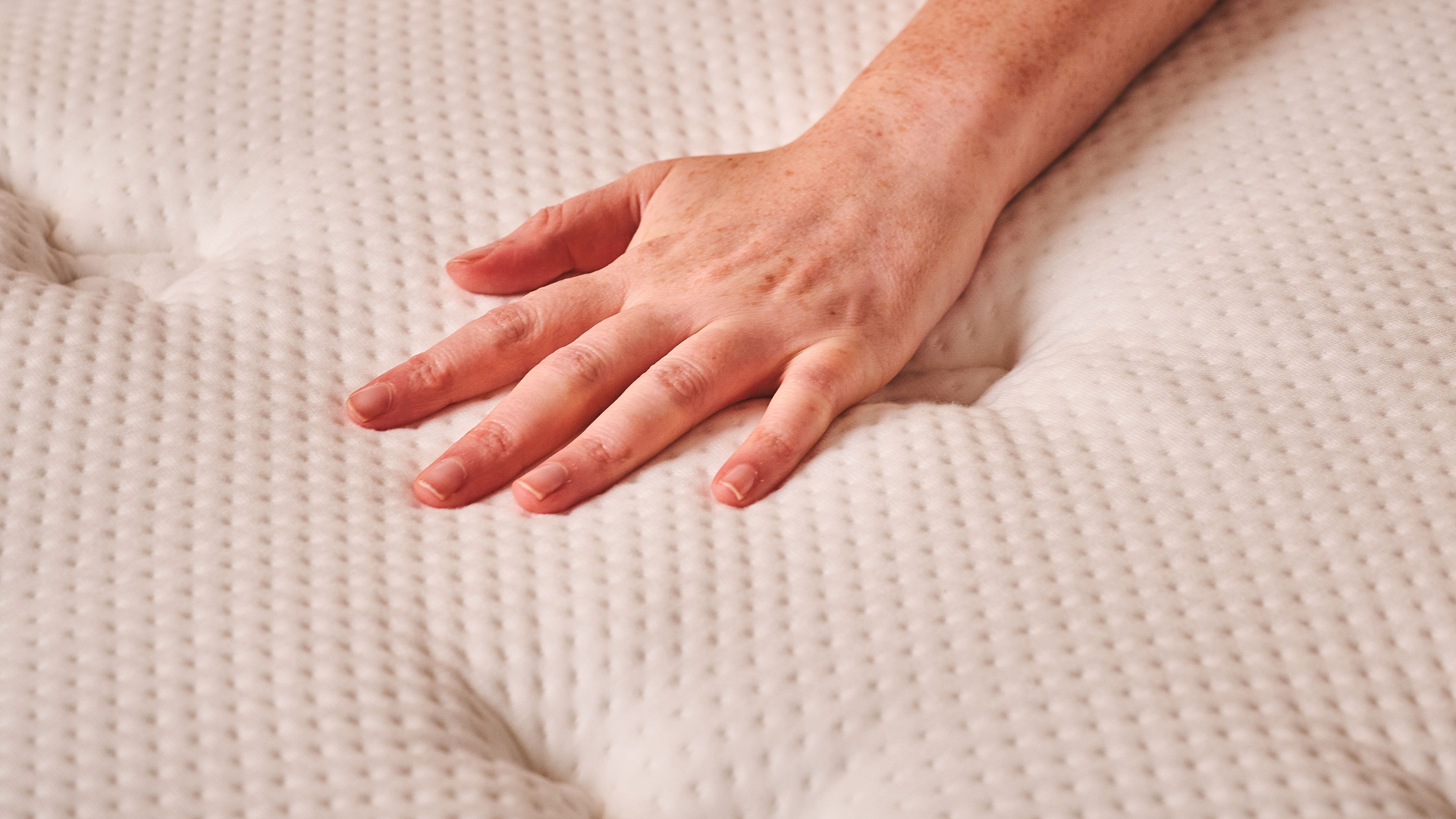
Beneath this you'll find the transition and base foams. These tend to be firmer and less responsive, to create a stable foundation for the bed. They also tend to be less fancy, as the special materials are saved for the upper layers, where you're more likely to feel the benefits.
What type of mattress should a side sleeper use?
When you lie in a side sleeper position, your body places pressure on the mattress in three key places: the shoulder, the hip, and the knee. The best mattresses for side sleepers provide ample cushioning to these areas, while still maintaining support for the spine. And you can find both memory foam mattresses and hybrids for side sleepers.
Sign up to get the BEST of Tom's Guide direct to your inbox.
Get instant access to breaking news, the hottest reviews, great deals and helpful tips.
To provide this pressure relief, a side sleeper mattress will often have a plush surface that can contour to the body. The mattress will yield around the touch points, rather than pressing against them. Squishy memory foam is known for exactly this kind of contouring — but that doesn't mean that just any memory foam mattress is good for side sleepers.
Are memory foam mattresses good for side sleepers?
Memory foam is one of the most popular mattress materials on the market, and it's surprisingly versatile. While most memory foam mattresses provide the pressure relief a side sleeper needs, they also need to support the entire body. Below are three key features to look for when choosing a memory foam mattress:
1. Cushioning comfort layers
The comfort layers are the upper foam layers of the mattress and the first thing you feel when you lie down on a bed. This is generally where you'll find the traditional memory foams, and as you press into the surface you should feel the foam moving to adapt to your shape
For a side sleeper, you want these comfort layers to yield to the body and gently cradle the touch points. This almost 'hug' effect will relieve the pressure at the hips, shoulders, and knees, so you don't wake up with aching joints or numb arms. If you want a bouncier, more responsive 'hug', check out latex mattresses for side sleepers.
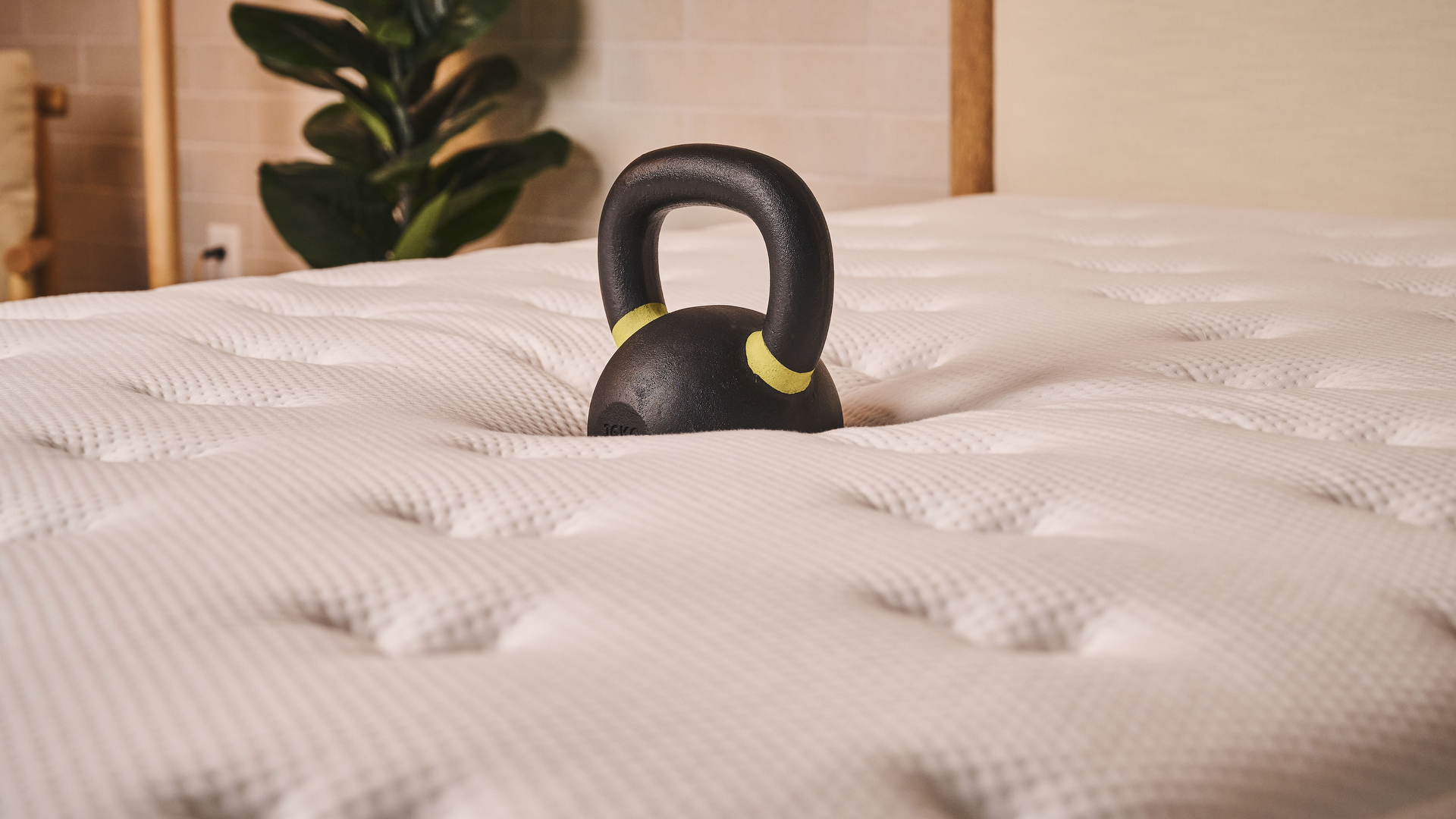
2. Ample support
Pressure relief is often emphasized when choosing a mattress for side sleepers, and for good reason. But it can't be the only thing you consider. A supportive base is necessary to ensure your entire body remains comfortable, not just the shoulders and the hips.
This support will primarily come from the base foams, which tend to be firmer with minimal sink. Because while you want your shoulders and hips to sink into the foam, you spine should be supported in a neutral position. if your spine starts to dip, you're probably going to wake up with back ache.
3. A medium feel
Feel is a tricky one when it comes to mattresses, as it's highly subjective. But for the most part, if you're a side sleeper, you'll want a memory foam mattress with a medium feel (although what exactly 'medium' feels like will depend on your preferences and body type).
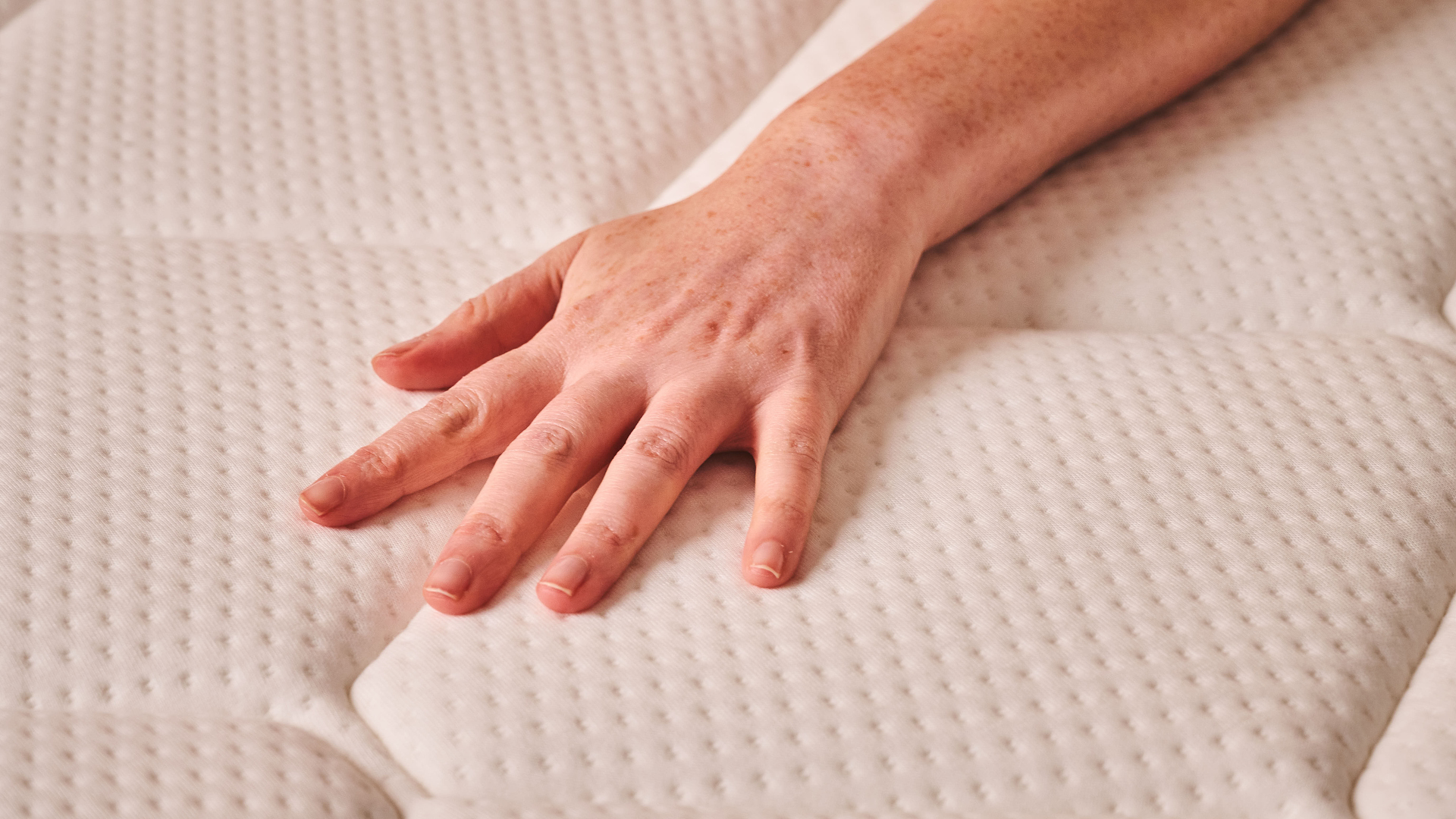
A medium mattress should provide that blend of comfort and support that I can't stop talking about. It won't feel like lying on a wooden board, but you also shouldn't feel like you're sinking through a marshmallow.
As mentioned, firmness is subjective. What I feel as 'medium' might be too soft or too hard for you. This is when a good mattress trial comes in — it will let you test out the mattress at home to see if it works for you unique body type and sleep position.
3 all-foam mattresses for side sleepers worth considering
1. Nectar Classic Memory Foam Mattress: was from $1,063 $349 at Nectar Sleep
The Nectar Classic Memory Foam Mattress is one of the best mattresses in a box for all sleepers, an affordable all foam bed with a reliable build and light contouring. We tested the previous model in our Nectar Mattress review, and while we haven't had a chance to try this newer design just yet, we expect it to be just as comfortable for side sleepers. There are good Nectar mattress sales each month, and right now a queen is priced $649 (was $1,563), with a year's trial and lifetime warranty.
2. Puffy Cloud Mattress: was from $1,949 $599 + free bedding at Puffy
You'll feel an immediate plushness when you lie on the Puffy Cloud, which gives way to a firmer support beneath. In our Puffy Cloud Mattress review our testing panel found the bed "cradled in all the right places when side sleeping" (although the firmer feel might not appeal to those with a particularly light build). There's always a sale at Puffy, and a queen will typically cost $1,049 (down from $2,399).
3. Tempur-Pedic LUXEbreeze mattress: was from $4,999 $3,499.30 at Tempur-Pedic
Tempur-Pedic is the brand behind the original memory foam, and Tempur Material provides the slow moving 'hug' that many of us associate with all foam beds. If you want deep pressure relief and a cooler sleep feel, the Tempur-Pedic LUXEbreeze delivers on both counts. This is a premium mattress, but in the closeout sale you can get it for cheaper than ever, with a queen only $3,849.30 (was $5,499). But all sales are final, so you won't get a trial. Want something more responsive? See our recommendations for the best hybrid mattresses instead.

Ruth is a staff writer at Tom’s Guide, covering all things mattress and sleep. She has a deep interest in the link between sleep and health, and has tried enough mattresses to know the right bed really can make a difference to your wellbeing. At Tom’s Guide she writes to help people sleep better, from how-tos to the latest deals to mattress reviews, and has interviewed an array of specialists who share her passion. Before joining the team at Tom’s Guide, Ruth worked as a sleep and mattress writer for our sister website, TechRadar.
